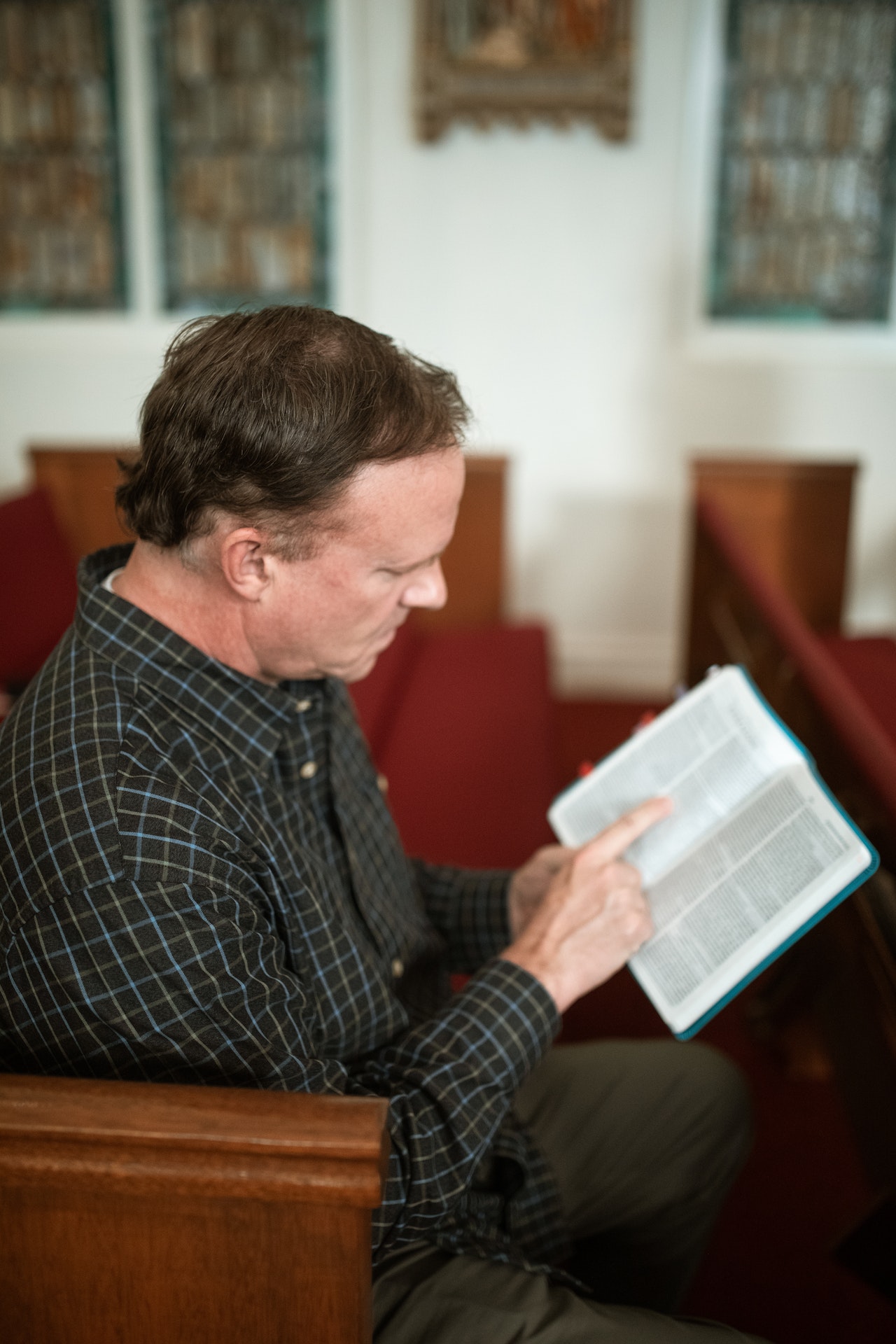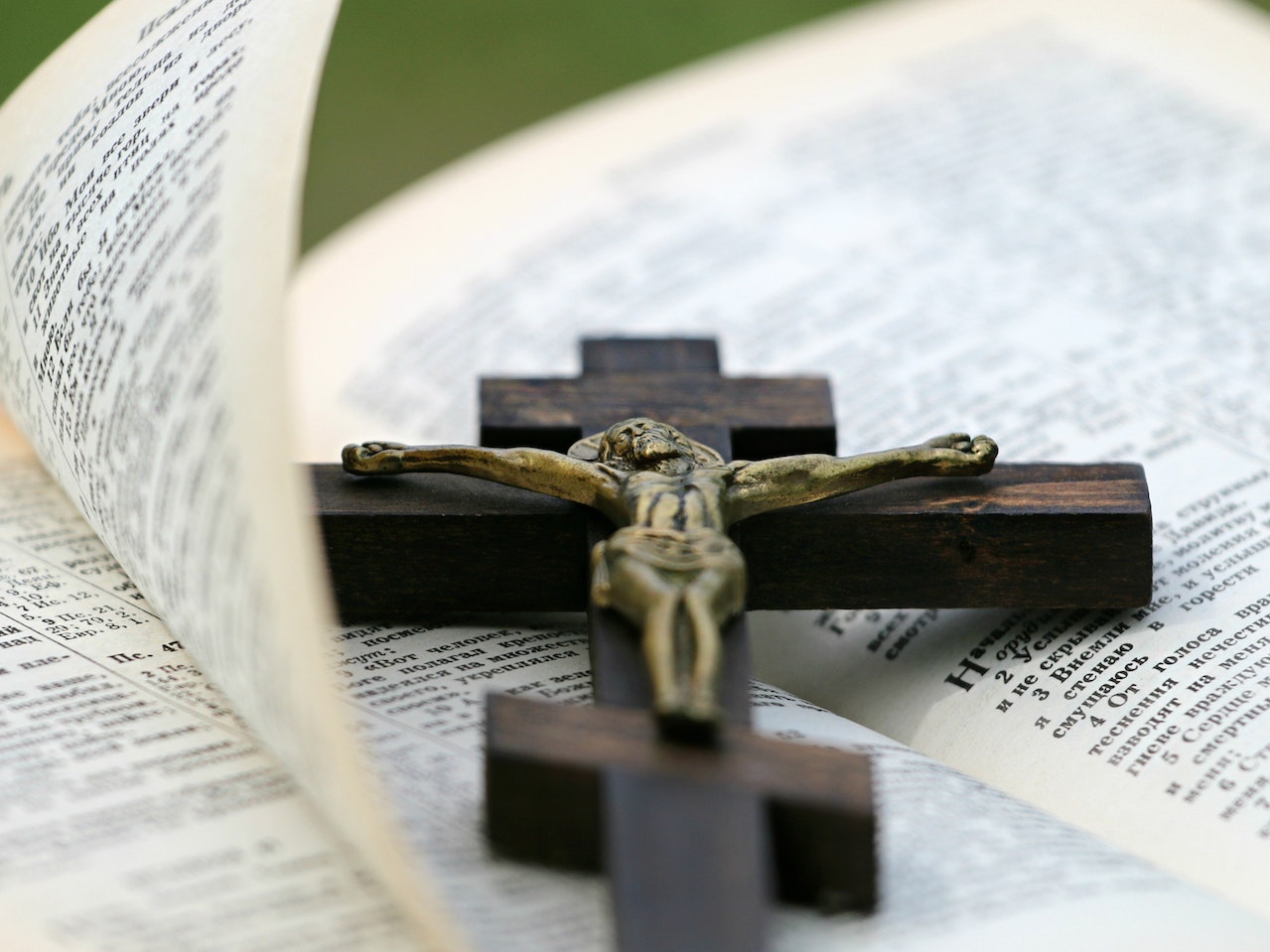The Orthodox Church did not have its own organized crusades like the Catholic Church did during the medieval period. However, there were instances where Orthodox Christians participated in the Crusades alongside their Catholic counterparts.
Table of Contents
Origins of the Orthodox Crusades
Did Orthodox Have Crusades?
When we think of the Crusades, we often associate them with the Catholic Church and its efforts to reclaim the Holy Land from Muslim control. However, what many people may not realize is that the Orthodox Church also had its own version of the Crusades. These Orthodox Crusades, although less well-known, played a significant role in shaping the history of Eastern Europe and the Byzantine Empire.
The origins of the Orthodox Crusades can be traced back to the 11th century when the Byzantine Empire was facing threats from both the Seljuk Turks and the Normans. In an effort to defend their lands and protect their Christian faith, the Byzantine emperors sought assistance from their fellow Orthodox Christians in the West.
One of the most notable examples of an Orthodox Crusade was the First Crusade of 1096. While this crusade is often associated with the Catholic Church, it also included a significant number of Orthodox Christians. These Orthodox warriors fought alongside their Catholic counterparts, united in their goal to reclaim Jerusalem from Muslim control.
The participation of Orthodox Christians in the First Crusade was not without its challenges. The Orthodox and Catholic churches had long-standing theological differences, and these differences sometimes led to conflicts and misunderstandings among the crusaders. However, despite these challenges, the Orthodox Christians played a crucial role in the success of the First Crusade.
Following the First Crusade, the Orthodox Crusades continued throughout the 12th and 13th centuries. These crusades were primarily focused on defending the Byzantine Empire from external threats, particularly from the Seljuk Turks and later the Ottoman Turks. The Orthodox warriors fought bravely to protect their lands and their faith, often facing overwhelming odds.
One of the most significant Orthodox Crusades during this period was the Fourth Crusade. This crusade, which began in 1202, was initially intended to help the Byzantine Empire regain control of Jerusalem. However, due to a series of political and military setbacks, the crusaders ended up sacking Constantinople, the capital of the Byzantine Empire. This event had a profound impact on the Orthodox Church and marked a turning point in the relationship between the Orthodox and Catholic churches.
Despite the setbacks and conflicts, the Orthodox Crusades left a lasting legacy on Eastern Europe. These crusades helped to strengthen the Byzantine Empire and protect Orthodox Christianity from external threats. They also played a role in shaping the cultural and political landscape of the region, as Orthodox Christians from different parts of Eastern Europe came together to fight for a common cause.
In conclusion, while the Orthodox Crusades may not be as well-known as their Catholic counterparts, they were a significant part of the history of Eastern Europe and the Byzantine Empire. These crusades were driven by a desire to defend the Orthodox faith and protect the lands of the Byzantine Empire. Despite the challenges and conflicts that arose, the Orthodox Christians fought bravely and left a lasting impact on the region. So, the next time you think of the Crusades, remember that the Orthodox Church also had its own version of these historic events.
Key Figures and Leaders in the Orthodox Crusades

The Orthodox Church is often associated with the Byzantine Empire, which was a major power in the medieval world. When we think of the Crusades, we usually picture knights in shining armor and the cross of the Catholic Church. But did the Orthodox Church have its own crusades? The answer is not as straightforward as you might think.
While the Orthodox Church did not have a formal crusade like the Catholic Church, it did play a significant role in the conflicts of the time. The Byzantine Empire, which was the heart of Orthodox Christianity, was constantly under threat from various enemies. In order to defend themselves, the Byzantines often sought help from Western powers, including the Catholic Church.
One of the key figures in the Orthodox Crusades was Emperor Alexios I Komnenos. He ruled the Byzantine Empire from 1081 to 1118 and faced numerous challenges during his reign. In 1095, he sent a letter to Pope Urban II, asking for assistance against the Seljuk Turks who were threatening his empire. This letter is often seen as the catalyst for the First Crusade.
While the Catholic Church responded to Alexios’ plea for help by launching the First Crusade, the Orthodox Church did not officially participate. However, many Orthodox Christians did join the crusade as individuals, fighting alongside their Catholic counterparts. This shows that there was a sense of unity among Christians, regardless of their denominational differences.
Another key figure in the Orthodox Crusades was Emperor Manuel I Komnenos, who ruled from 1143 to 1180. He also faced threats from the Seljuk Turks and sought assistance from the West. In 1171, he signed a treaty with the Holy Roman Emperor Frederick I Barbarossa, which allowed Western forces to pass through Byzantine territory on their way to the Holy Land.
While these alliances with Western powers were necessary for the survival of the Byzantine Empire, they also had their drawbacks. The presence of Western forces in Byzantine territory often led to tensions between the Orthodox and Catholic Churches. The sack of Constantinople during the Fourth Crusade in 1204 is a prime example of this, as Catholic crusaders looted and pillaged the city, causing great harm to the Orthodox Church.
Despite these conflicts, there were also instances of cooperation between the Orthodox and Catholic Churches during the Crusades. For example, during the Siege of Antioch in 1098, the Orthodox bishop of the city, John the Oxite, played a crucial role in the defense of the city alongside the Catholic crusaders. This shows that, despite their differences, Christians were able to come together in times of need.
In conclusion, while the Orthodox Church did not have its own formal crusade, it did play a significant role in the conflicts of the time. Orthodox leaders sought assistance from Western powers and many Orthodox Christians joined the crusades as individuals. However, these alliances also led to tensions between the Orthodox and Catholic Churches. Despite these conflicts, there were also instances of cooperation between the two churches. The Orthodox Crusades may not be as well-known as their Catholic counterparts, but they are an important part of the history of the Byzantine Empire and the Orthodox Church.
Impact of the Orthodox Crusades on Byzantine Empire
The Byzantine Empire, with its capital in Constantinople, was a powerful and influential force in the medieval world. It was a center of trade, culture, and religion, and its rulers saw themselves as the rightful heirs to the Roman Empire. However, the Byzantines were not immune to the conflicts and upheavals of the time, and one of the most significant events in their history was the Crusades.
When we think of the Crusades, we often picture knights in shining armor, marching off to the Holy Land to fight against the Muslims. But what many people don’t realize is that the Byzantines also had their own version of the Crusades. These were not religious wars fought against the Muslims, but rather military campaigns launched by the Byzantines themselves.
The Orthodox Crusades, as they are sometimes called, were a series of military expeditions undertaken by the Byzantine Empire between the 11th and 13th centuries. These campaigns were aimed at expanding Byzantine territory, defending against external threats, and asserting Byzantine dominance in the region.
One of the most famous Orthodox Crusades was the campaign against the Seljuk Turks in the late 11th century. The Seljuks had been steadily encroaching on Byzantine territory, and the Byzantines saw them as a major threat. Emperor Alexios I Komnenos launched a series of military campaigns to push back the Seljuks and reclaim lost territory.
These campaigns were not without their challenges. The Byzantines faced a formidable enemy in the Seljuks, who were skilled warriors and had a strong military tradition. However, the Byzantines were able to leverage their superior resources and military tactics to gain the upper hand. They successfully repelled the Seljuk advances and even managed to regain some lost territory.
Another significant Orthodox Crusade was the campaign against the Bulgarians in the late 12th century. The Bulgarians had been a thorn in the side of the Byzantines for centuries, and Emperor Isaac II Angelos saw an opportunity to finally defeat them. He launched a military campaign that resulted in the capture of the Bulgarian capital and the annexation of Bulgarian territory.
The impact of the Orthodox Crusades on the Byzantine Empire was significant. These campaigns allowed the Byzantines to expand their territory, strengthen their military, and assert their dominance in the region. They also helped to solidify Byzantine control over key trade routes and resources, which further bolstered the empire’s economic and political power.
However, the Orthodox Crusades were not without their drawbacks. The constant warfare and military campaigns placed a heavy burden on the Byzantine Empire, both in terms of resources and manpower. The empire had to divert significant resources towards maintaining its military and defending its borders, which put a strain on its economy and led to internal instability.
In conclusion, while the Orthodox Crusades may not be as well-known as their Western counterparts, they were a significant part of Byzantine history. These military campaigns allowed the Byzantines to expand their territory, defend against external threats, and assert their dominance in the region. However, they also placed a heavy burden on the empire and contributed to its eventual decline. The impact of the Orthodox Crusades on the Byzantine Empire cannot be underestimated, and they remain an important chapter in the history of the medieval world.
Legacy and Historical Significance of the Orthodox Crusades
The Orthodox Church is often associated with the Byzantine Empire and its rich history. One aspect of this history that is often overlooked is the Orthodox Crusades. While the Crusades are typically associated with the Catholic Church and the Western European powers, the Orthodox Church also played a significant role in these holy wars.
The Orthodox Crusades were not as well-known or as extensive as their Catholic counterparts, but they did occur. These crusades were primarily focused on defending Orthodox Christian lands from Muslim invasions. The most famous of these crusades was the First Crusade, which was launched in 1096 in response to the Byzantine Emperor Alexios I’s call for help against the Seljuk Turks.
The Orthodox Crusades were not just military campaigns, but also religious and cultural endeavors. The Orthodox Church saw these crusades as a way to protect their faith and their way of life. They believed that by defending their lands, they were also defending their religion. This sense of religious duty and devotion was a driving force behind the Orthodox Crusades.
The legacy of the Orthodox Crusades is still felt today. These crusades helped to shape the identity of the Orthodox Church and its relationship with the Western world. They also had a lasting impact on the regions where they took place. The Orthodox Crusades helped to solidify the Byzantine Empire’s control over its territories and allowed for the spread of Orthodox Christianity.
One of the most significant legacies of the Orthodox Crusades is the cultural exchange that occurred between the East and the West. During these crusades, Western European knights and soldiers came into contact with the Byzantine Empire and its rich culture. This exchange of ideas and knowledge had a profound impact on both sides. The Byzantine Empire introduced the West to new technologies, art, and literature, while the West brought new military tactics and ideas of chivalry to the East.
The Orthodox Crusades also had a lasting impact on the relationship between the Orthodox Church and the Catholic Church. While the two churches had their differences, the Orthodox Crusades brought them together in a common cause. The Orthodox Church and the Catholic Church fought side by side in the defense of Christian lands, and this shared experience helped to foster a sense of unity between the two churches.
In conclusion, the Orthodox Church did have its own crusades, although they were not as well-known or extensive as the Catholic Crusades. These crusades were primarily focused on defending Orthodox Christian lands from Muslim invasions and were seen as a religious duty by the Orthodox Church. The legacy of the Orthodox Crusades is still felt today, as they helped to shape the identity of the Orthodox Church and its relationship with the Western world. They also had a lasting impact on the regions where they took place, fostering cultural exchange and unity between the Orthodox and Catholic Churches.
Conclusion
Yes, the Orthodox Church did have its own version of crusades, known as the Eastern Crusades. These military campaigns were launched by Western European powers against various Eastern Orthodox Christian states and territories, particularly during the late medieval period. The Eastern Crusades were driven by religious, political, and economic motivations, and resulted in significant conflicts and tensions between the Orthodox and Catholic Churches. In conclusion, the Orthodox Church did experience its own crusades, albeit in a different context and with different dynamics compared to the more well-known Western Crusades.
For licensing reasons, we must provide the following notice: This content was created in part with the help of an AI.


